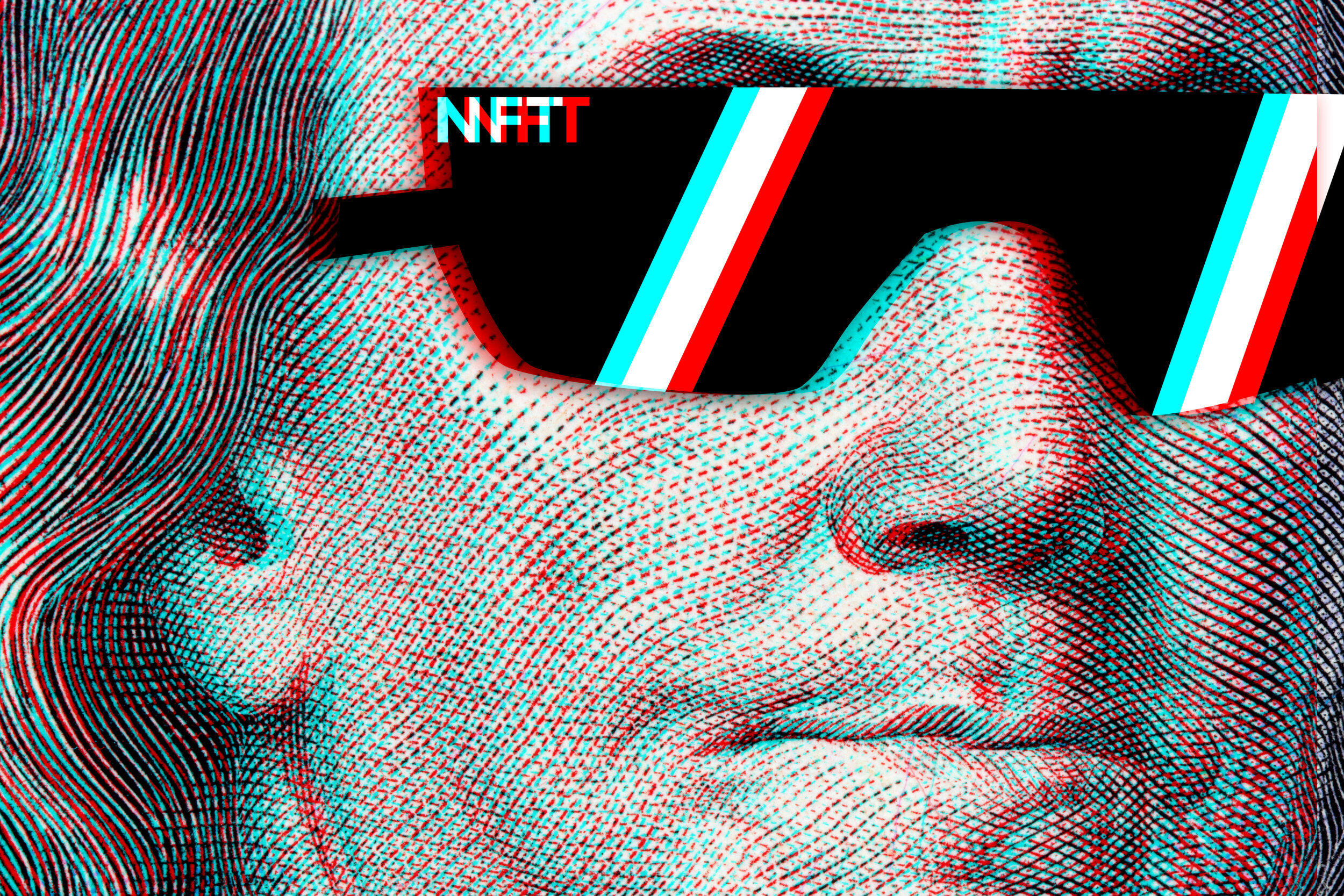Abstract Work
Will digital art and artifacts grow into an evolutionary branch of art and fashion?
According to The Art Market, an annual global art market analysis by Art Basel and UBS, global art sales were down 22% percent last year, but online sales doubled in value. With the influence of digital art expanding, NFTs, or non-fungible tokens, have become the art and fashion worlds’ new hot topic. They are essentially unique (non-fungible) certificates of ownership over digital-only files stored on blockchains -- decentralized systems with digital ledgers.
An NFT’s ability to grow its audience digitally and globally attracts many curious artists and brands to explore publishing their art on digital platforms. For instance, art app SketchAR has made it easy for artists to list their artworks on NFT marketplaces directly. Well-known artists are going digital, too. Performance artist Marina Abramović, whose work has been largely focused on physical interactions, has partnered with the editorial arm of WeTransfer to serve as their WePresent series’ inaugural guest curator. WeTransfer is releasing a digital manifestation of the Abramović Method with a “meditative task” that is meant to encourage “the exploration of being present in time and space.” The project is expected to reach 70 million people.
Just as cryptocurrencies challenge the conventional concept of money, NFTs call into question our customary understanding of possession. From digital artworks to videos to an autographed Tweet, anything digital can be turned into a unique NFT despite how widely available the assets are to the public. That is, anyone can easily copy and store the actual file included with an NFT on their own devices without being the owner. But the NFT, or the ownership of the original, original copy of the digital file, is unique and can’t be copied. In addition to “bragging rights” backed up by a blockchain entry, NFTs work similarly to other speculative assets, where buyers hope that the value goes up.
NFTs give people the ability to collect and claim true ownership, and that feeds perfectly into the collector’s mindset in not only the world of art, but surely also fashion. We can only expect fashion houses to release their own NFTs as a way for their followers to collect and deepen their connections with the brands. While Gucci already had created AR versions of its real-life sneaker collection for shoppers to try on, this year they released Gucci Virtual 25, its first digital-only sneaker that their app users can custom build, try on, and buy. The Italian brand has then successfully auctioned off Aria, the NFT of a four-minute video, at Christie’s, which was allegedly sold as the most expensive single item Gucci has ever produced. Luxury travel brand Rimowa also launched and auctioned their own versions of carbon-neutral digital artworks.
NFTs -- and digital art in general-- has given us new ways to look at the world. As technologies continue to evolve, there will be more opportunities to find new ways to experience and interact with what’s meaningful to us.


